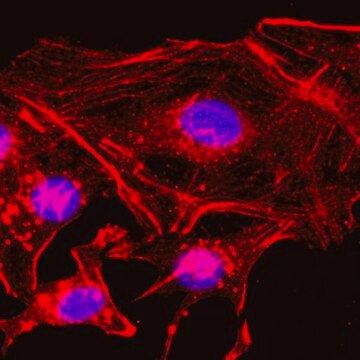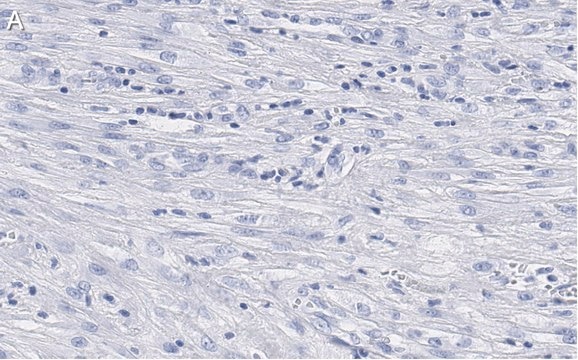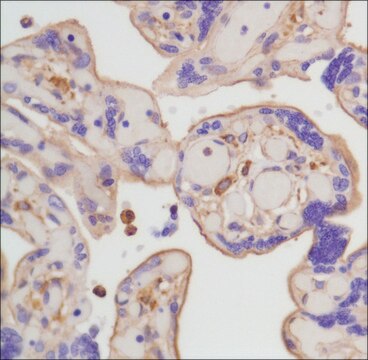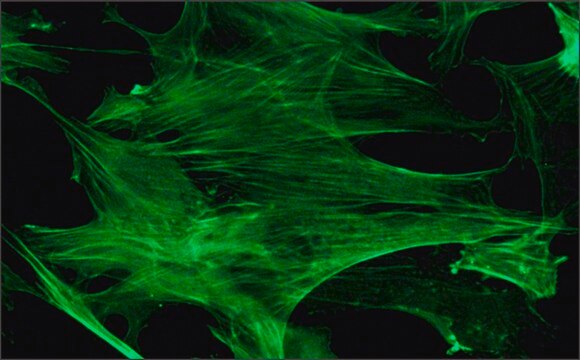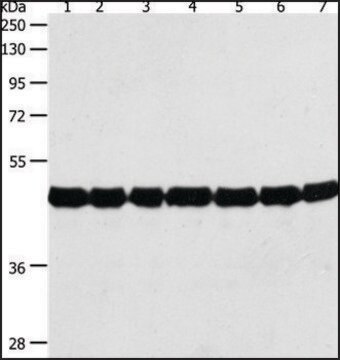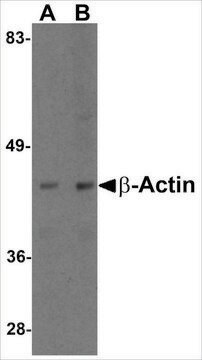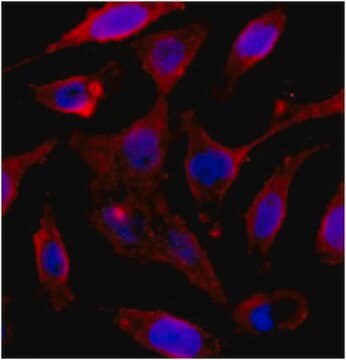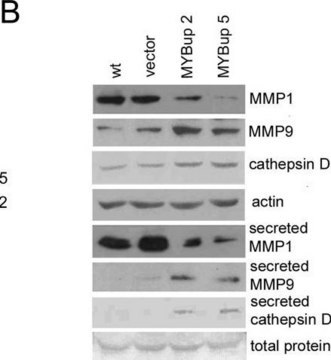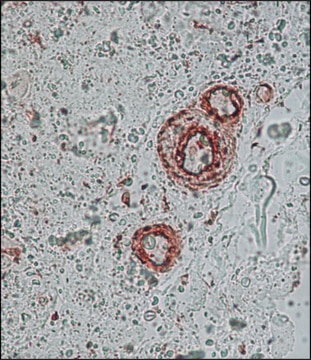A2228
Monoclonal Anti-β-Actin antibody produced in mouse
clone AC-74, purified immunoglobulin, buffered aqueous solution
Synonym(s):
Actin Antibody Sigma, Beta Actin Antibody - Monoclonal Anti-β-Actin antibody produced in mouse, Beta Actin Antibody Sigma, Beta Actin Sigma Antibody, Sigma Actin Antibody, Sigma Beta Actin Antibody
About This Item
Recommended Products
biological source
mouse
Quality Level
conjugate
unconjugated
antibody form
purified immunoglobulin
antibody product type
primary antibodies
clone
AC-74, monoclonal
form
buffered aqueous solution
mol wt
antigen 42 kDa
species reactivity
rabbit, sheep, cat, guinea pig, bovine, mouse, chicken, wide range, Hirudo medicinalis, canine, Drosophila, carp, pig, rat, human
should not react with
Dictyostelium discoideum
concentration
~2 mg/mL
technique(s)
immunocytochemistry: 10-40 μg/mL using human or chicken fibroblasts
immunohistochemistry: suitable
microarray: suitable
western blot: 0.5-1 μg/mL using total cell extracts of human or chicken fibroblasts
isotype
IgG2a
UniProt accession no.
application(s)
research pathology
shipped in
dry ice
storage temp.
−20°C
target post-translational modification
unmodified
Gene Information
human ... ACTB(60)
mouse ... Actb(11461)
rat ... Actb(81822)
Looking for similar products? Visit Product Comparison Guide
General description
Immunogen
Application
Biochem/physiol Actions
β-Actin modulates cell growth, migration and the G-actin pool. Mutations in ACTB leads to pleiotropic developmental disorder.
Physical form
Storage and Stability
Other Notes
Disclaimer
Still not finding the right product?
Give our Product Selector Tool a try.
recommended
Storage Class
10 - Combustible liquids
wgk_germany
nwg
flash_point_f
Not applicable
flash_point_c
Not applicable
ppe
Eyeshields, Gloves, multi-purpose combination respirator cartridge (US)
Certificates of Analysis (COA)
Search for Certificates of Analysis (COA) by entering the products Lot/Batch Number. Lot and Batch Numbers can be found on a product’s label following the words ‘Lot’ or ‘Batch’.
Already Own This Product?
Find documentation for the products that you have recently purchased in the Document Library.
Customers Also Viewed
Articles
The field of proteomics is continually looking for new ways to investigate protein dynamics within complex biological samples. Recently, many researchers have begun to use RNA interference (RNAi) as a method of manipulating protein levels within their samples, but the ability to accurately determine these protein amounts remains a challenge. Fortunately, over the past decade, the field of proteomics has witnessed significant advances in the area of mass spectrometry. These advances, both in instrumentation and methodology, are providing researchers with sensitive assays for both identification and quantification of proteins within complex samples. This discussion will highlight some of these methodologies, namely the use of Multiple Reaction Monitoring (MRM) and Protein-AQUA.
High titer lentiviral particles including beta-actin, alpha-tubulin and vimentin used for live cell analysis of cytoskeleton structure proteins.
Our team of scientists has experience in all areas of research including Life Science, Material Science, Chemical Synthesis, Chromatography, Analytical and many others.
Contact Technical Service



